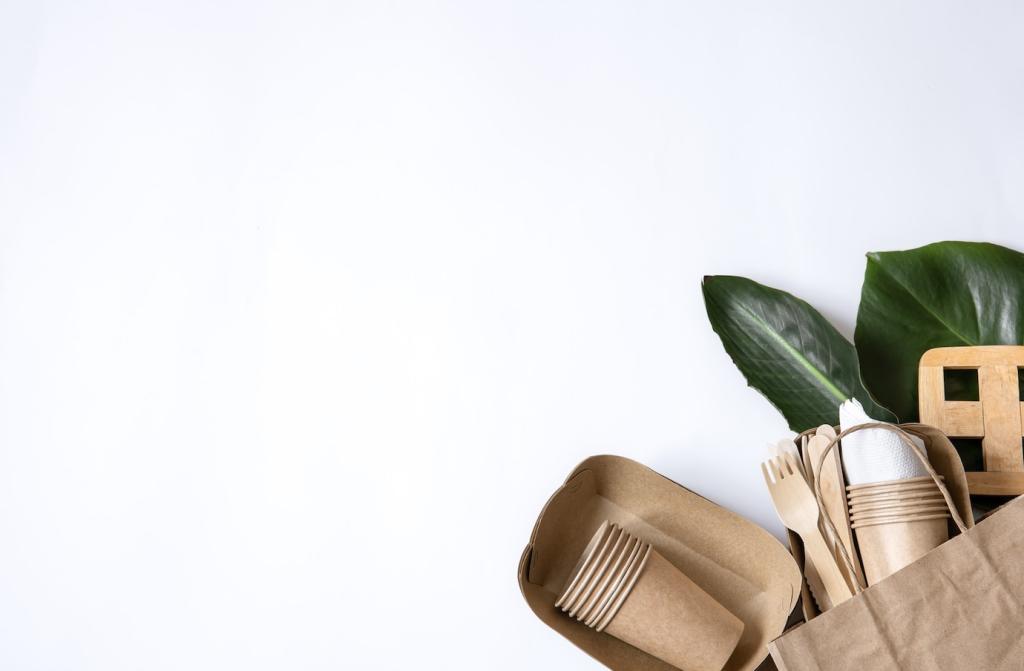Join the Conversation and Shape What Comes Next
Post a photo of one piece you repaired, refinished, or sourced secondhand, and tell the story behind it. Your journey might become the how-to that convinces another reader to try a safer finish or a local maker.
Join the Conversation and Shape What Comes Next
We publish hands-on tutorials, checklists, and interviews with craftspeople who build for longevity. Subscribe and reply with the questions you want answered—foam alternatives, finish comparisons, or modular systems for growing families.





